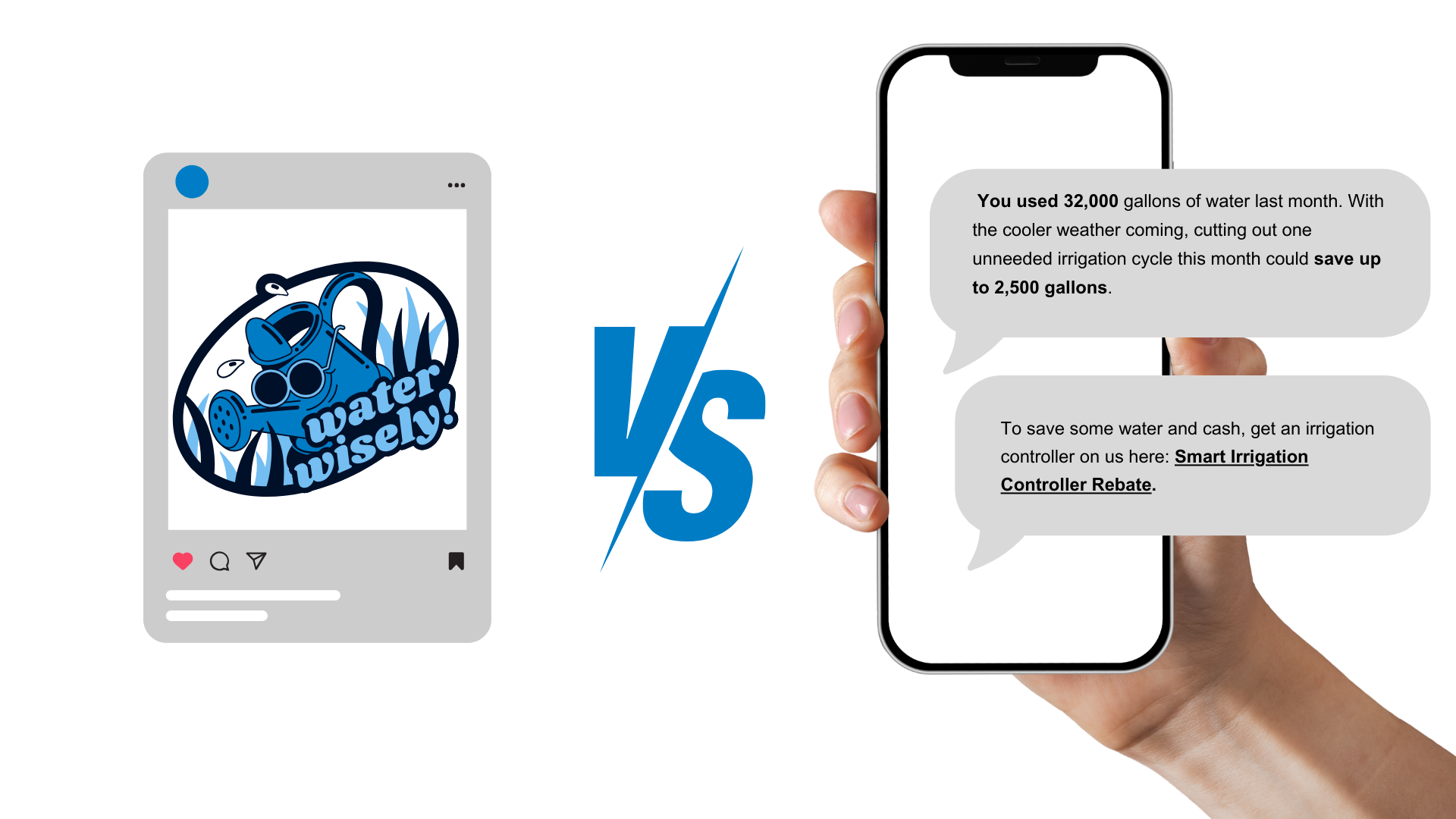Half of adults don’t know their water is frequently tested.
Only half of adults are aware that their water is frequently tested, but those who are aware have a more positive attitude towards their water service. A recent study from the American Water Works Association shows that people who know that their water is tested are more likely to view their water as safe. These adults are also 16 percent more likely to say they trust their water utility and 14 percent more likely to express that they are satisfied with their utility’s service.
People who are very aware that their water is frequently tested have a more positive attitude towards their water service.
By increasing awareness of water testing, utilities can build a stronger relationship with their customers and help the public feel more secure in the quality of their drinking water—yet as of July 2022, more than half of adults could not remember receiving any recent communication from their water utility.
This is despite the fact that the EPA requires community water systems to send an annual water quality or consumer confidence report detailing the results of water testing from the previous year.
There seems to be two main communication gaps that water utilities battle:
By overcoming these gaps, water providers can build trust with their community and more people can feel confident in their water’s safety.
Building Confidence with a Consumer Confidence Report:
Water providers should use their consumer confidence report to do more than just share test results. This report is an opportunity to educate the public on the steps taken to ensure that their drinking water is clean, safe, and high-quality. Simple language and visuals, such as diagrams or charts, can help the public better understand their water system and its importance. By providing clear, understandable information, water providers can help the public feel more empowered and confident in the safety of their drinking water.
Ensuring Delivery of a Consumer Confidence Report:
There are a variety of reasons why water users and providers may experience a communication gap. But one trend that is likely to grow is the number of water users who do not directly pay a water bill. According to survey referenced above, people who live in apartment complexes are the least likely to be aware of testing efforts by their water provider. As of July 2022, 23 percent of the adults surveyed lived in an apartment complex. This percentage is likely to increase along with densification trends across the country.
Fortunately, technology may make the process of communication with this type of user simpler. In the past year, the EPA has been revisiting its rules for consumer confidence reports. As part of these discussions, clarification was offered about the authorized use of electronic delivery methods. For utilities, digital distribution could reduce mailing fees and provide a more convenient option for delivering testing information to users.
With newly available technology like Yoppify, this clarification could also create a path to more successful communication with consumers who do not directly pay a water bill. Yoppify allows utilities to segment messages in a way that could allow for important information about water quality to be sent to all water users while still only sending personal account or billing information to those with a billing account.
What should utilities focus on in 2023?
Need help? Yoppify can help your organization build community trust with a strong strategy and effective tools for delivering water quality reports to residents.









